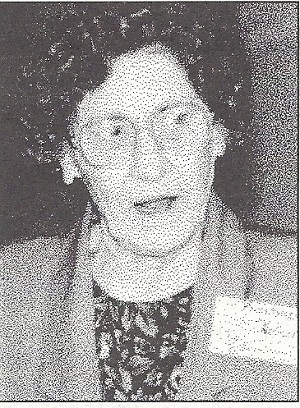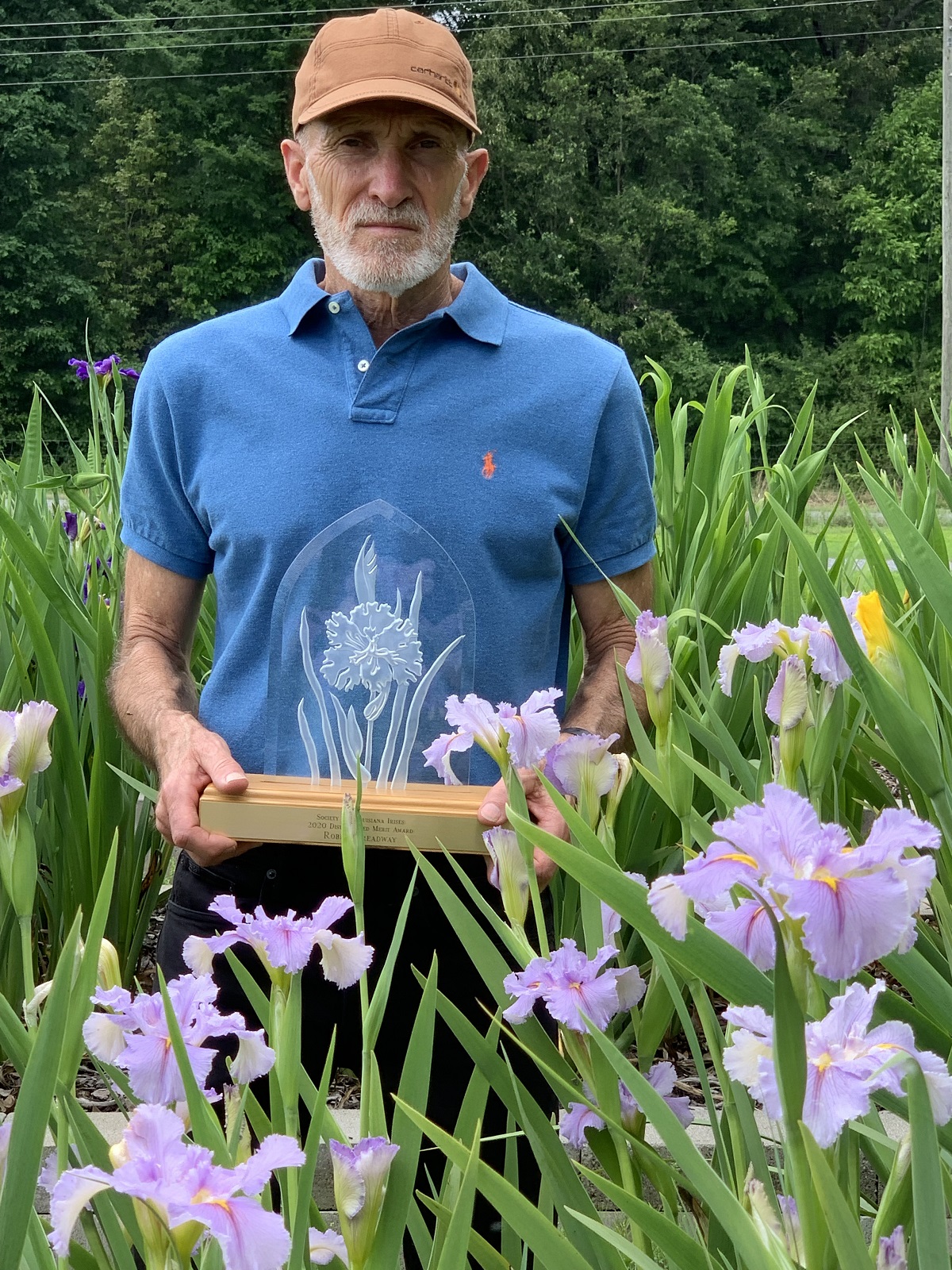This is like the old maid telling you how to raise your children, but I have seen Louisiana irises come and go for more than 50 years. I have seen not-so-good ones make it to the top and then disappear from gardens. But worse than that are the really excellent varieties that have never received awards nor become generally known. One can name a list of these from every hybridizer. Examples: BLUE SHIELD from Claude Davis (R71), COLORIFIC from Joseph Mertzweiller (R78), BLUE DUKE from Charles Arny (R63), DELTA STAR from Marvin Granger (R66), CRISP LIME from Mary Dunn (R82) and NOBLE MOMENT from Richard Morgan (R85), to name a few. What makes the difference and what can a hybridizer do to elevate these good ones from the ordinary to the winner’s circle? Nothing I am going to suggest will be news to you and some solutions will not be possible, but perhaps one or two will give you an idea. Each are things I have observed and some are things I know have worked for some Louisiana iris winners in the past.
1. Try it out before you register and introduce it. Not just in your own garden, but in gardens around the country. This was a practice followed by the late Frank Chowning, who distributed his irises all over the U.S. in the late 1970s. He knew that an iris growing well in an area garden would attract other growers. BLACK GAMECOCK did not win the DeBaillon in 1989 because it was the largest, the most unusual or the prettiest you ever saw. It won because it grows for everybody, and anywhere in the country. It is a fast increaser, blooms well and grows in cold climates, even if neglected.
2. Get your irises into circulation where AIS Judges will see them. Send them not only to private growers, but also to well-known commercial gardens. California has about 100 judges, which is more than enough to sway votes to whatever is seen and liked in that area. Such Regions hold garden tours and a great number of iris shows. Judges are not supposed to be influenced by what they see in shows, but they are I Flowers seen in shows get more attention when they are seen in a garden. Farron Campbell has more orders than he can fill for GERRY MARSTELLER, after a beautiful stalk of it was shown in the 1991 iris show in Dallas.
3. Send it to AIS Conventions (an extension of Numbers 1 & 2). Send it even if the bloom date will be different for beardeds and Louisianas in that city. Area members continue to tour convention gardens to see the late-bloomers. Sometimes you get lucky and have an early bloom season, with Louisianas in peak bloom when the beardeds are on their way out. This happened at the 1977 Memphis convention where several Chowning irises were in full bloom. THIS I LOVE (R73), ANN CHOWNING (R76) and BRYCE LEIGH (R73) won the next three DeBaillon Awards. I do not want to imply that they were not deserving, only that judges overlooked many good Louisianas that weren’t in those convention gardens. COUNT PULASKI (R78), still under number and with no plans for registering, was in full bloom on the edge of a pond, where every person on tour with a camera had a slide to show later at home. It continues to be a runner-up in the voting. Richard Sloan’s RUTH SLOAN (R84) has not had great circulation, but excellent bloom on a clump of it at the Phoenix Convention made it an instant success. A stalk of RUTH SLOAN which I entered in a recent Dallas show has put it on everyone’s ”wish list.”
4. Give it a good name that is easy to remember. A name that describes the flower, reminds one of Louisiana, is the name of a popular person or is simply just a catchy phrase makes remembering easier. Richard Goula’s LAVENDER RUFFLES (R79) describes the form and color of that iris. Mary Dunn’s MISSISSIPPI GAMBLER (R85) and BOURBON STREET (R85) remind us of the South Louisiana area. Ben Hager’s CAJUN COUNTRY (R85) and CAJUN COOKERY (R89) make one know they belong to the Louisiana Acadians, where red is a favorite color. Marvin Granger’s KAY NELSON (R86) is associated with a favorite AIS person by that name and everyone knows that his OKLAHOMA KITIY (R90) is named for Perry Dyer’s mother. “Catchy” names are harder to find, but some still show up every year. John Taylor of Australia has come up with some good names, such as his JAZZ BALLET (R86) and WATCH OUT (R86).
5. Limit the number you introduce each year. Not because they aren’t good or won’t sell, but because judges can vote only for so many and thus make choices. Your introductions then compete with each other, allowing some very good irises to full by the wayside. Growers rarely buy all from one hybridizer, thus some may get promoted and others may never be seen. I could name a dozen excellent irises that most of you have never seen and that got lost with a hybridizer’s own irises. Regardless of how devoted we are, those of us who buy new introductions can’t afford to buy them all!
6. Promote it! This may be more important than all the other ideas. Have good slides made and get them into loan sets. Pay for a color ad in the AIS Bulletin or for a color page in an iris catalog. Have you seen those super color photographs in the Rainbow Ridge Nursery catalogs from Australia? How can one resist from buying and growing irises that look like those pictures? Arrange for some of our members that write varietal comments to see your irises in bloom. If they are really good, such articles may do the rest for you. Send your iris to gardens with good traffic through them at bloom time. The new plantings in botanical gardens are a good start. These gardens are open to the public, have good labeling and heavy traffic through during bloom time. Nothing has been said about having a good iris to start with, for I assume it was considered good enough to name, register and introduce.
If you look at the AIS Awards listed for past years, you probably say, “Where did this one come from and whatever happened to it?” or “How could anyone ever vote for this one!” There are several DeBaillon Award winners we can’t even find a picture of, much less find it still being grown. It didn’t win on its merits alone. Most Louisiana iris winners are made – not born.


